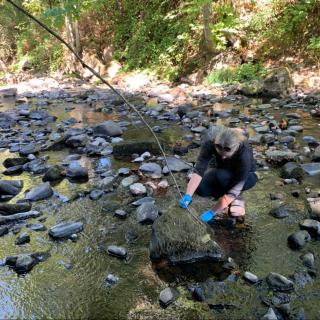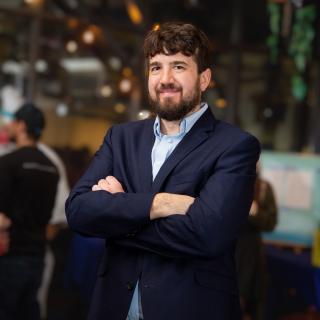Note: This if the first of a two-part look at Vancouver Island University’s involvement in the the United Nations Sustainable Development Goals. In this article, we will explore what the goals are and why they matter to VIU. In part two, we will examine how VIU has contributed to them and how we might do more in the future.
In 2015, countries around the world adopted the United Nations 2030 Agenda for Sustainable Developed and its 17 Sustainable Development Goals (SDGs), which are a set of global goals that, if achieved, would ensure a healthy, fulfilling future for all species on the planet. Broadly speaking, they address climate change and environmental stewardship, food security, discrimination and the equal distribution of wealth. They are exactly the type of broad initiatives educational institutions around the world study, invest in and affect to improve, and Vancouver Island University is no different.
When the SDGs were announced, governments, Non-Governmental Organizations (NGOs), universities, environmental and humanitarian organizations around the world pledged to work to achieve them. The worldwide campaign to do so was backed up with UN-developed materials for organizations to use in the promotion of their work, tools for holding discussions about each goal, ways for individuals to take action and much more. To get a high-level sense of the goals, watch this video.
Since 2015, much work has been done not only globally but locally to reach them. Through the leadership of VIU’s President and Vice-Chancellor Dr. Ralph Nilson, the goals have become a tool for many at the institution to measure the impact of their work in the classroom, through research, or in the office.
The goals (listed below) touch all aspects of life on earth.
- Goal 1: No Poverty
- Goal 2: Zero Hunger
- Goal 3: Good Health and Well-Being
- Goal 4: Quality Education
- Goal 5: Gender Equality
- Goal 6: Clean Water and Sanitation
- Goal 7 Affordable and Clean Energy
- Goal 8: Decent Work and Economic Growth
- Goal 9: Industry, Innovation and Infrastructure
- Goal 10: Reduced Inequalities
- Goal 11: Sustainable Cities and Communities
- Goal 12: Responsible Production and Consumption
- Goal 13: Climate Action
- Goal 14: Life Below Water
- Goal 15: Life on Land
- Goal 16: Peace, Justice and Strong Institutions
- Goal 17: Partnerships for the Goals
VIU’s contributions on a local, regional and international level have been significant, and many are outlined in a new report released by the Mount Arrowsmith Biosphere Region Research Institute (MABRRI). The report is a working document that highlights VIU’s contributions the meeting the SDGs to date.
Tracking our institutional contributions toward achieving each of the SDGs is important as it highlights, celebrates, and mobilizes our efforts. As the SGDs become more widely known and accepted, interest on a personal, political, cultural and community level may increase leading to a significant increase in initiatives that aim to achieve the UN 2030 agenda. The working document is being updated in 2019 as MABRRI is continuing to gather input from faculty, staff, and students on their contributions towards the SDGs.
Read the next issue of VIU Voices for an overview of VIU’s report, specific activities and recommendations for the future.





